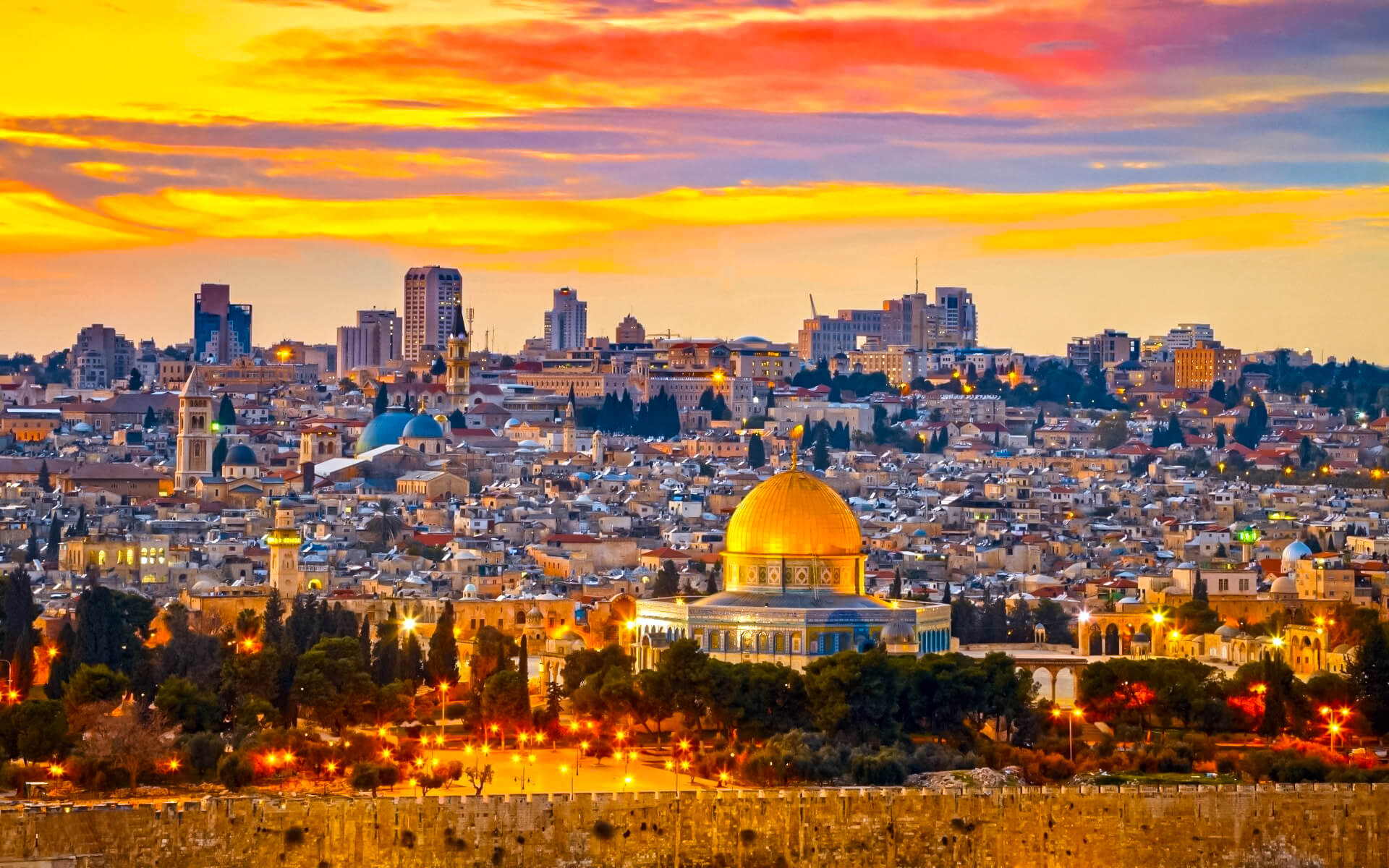[lwptoc]
Jerusalem, which means “The Holy [City/Home]”), is one of the world’s oldest cities, lying on a plateau in the Judean Mountains between the Mediterranean and the Dead Sea. During the early Canaanite era, Jerusalem was known as “Urusalima,” which meant “City of Peace” in ancient cuneiform (approximately 2400 BC). It is sacred to the three Abrahamic religions: Judaism, Christianity, and Islam. Both Israelis and Palestinians claim Jerusalem as their capital, since Israel retains its core administrative institutions there and the State of Palestine eventually intends to use it as its seat of power; however, neither claim is commonly accepted internationally.
Jerusalem has been destroyed at least twice, besieged 23 times, assaulted 52 times, and seized and regained 44 times throughout its lengthy history. The City of David area of Jerusalem was established in the fourth millennium BCE. Suleiman the Magnificent erected fortifications around Jerusalem in 1538. Today, those walls define the Old City, which has historically been split into four quarters—known as the Armenian, Christian, Jewish, and Muslim Quarters since the early nineteenth century. The Old City was designated a World Heritage Site in 1981 and is now included on the List of World Heritage in Danger. Modern Jerusalem has expanded well beyond the walls of the Old City.
According to Biblical legend, King David captured the city from the Jebusites and made it the capital of the United Kingdom of Israel, and his son, King Solomon, commissioned the construction of the First Temple. These foundational events, which occurred around the turn of the first millennium BCE, took on vital symbolic significance for the Jewish people. The epithet holy city (, transliterated ‘ir haqodesh) was most likely applied to Jerusalem in post-exilic periods. The sanctity of Jerusalem in Christianity was strengthened by the New Testament story of Jesus’ crucifixion there, which was preserved in the Septuagint, which Christians took as their own authority. After Mecca and Medina, Jerusalem is the third holiest city in Sunni Islam. According to the Quran, it became the first qibla, the center point for Muslim prayer (salat), in 610 CE, and Muhammad undertook his Night Journey there ten years later, rising to heaven and speaking to God. As a consequence, despite its small size of 0.9 square kilometers (0.35 square miles), the Old City is home to several religiously significant landmarks, including the Temple Mount and its Western Wall, the Church of the Holy Sepulchre, the Dome of the Rock, the Garden Tomb, and the al-Aqsa Mosque.
The status of Jerusalem is still one of the most contentious topics in the Israeli–Palestinian conflict today. West Jerusalem was taken and subsequently annexed by Israel during the 1948 Arab–Israeli War, while East Jerusalem, including the Old City, was captured and then annexed by Jordan. During the 1967 Six-Day War, Israel seized East Jerusalem from Jordan and annexed it, along with other surrounding area, into Jerusalem. The 1980 Jerusalem Law, one of Israel’s Basic Laws, refers to Jerusalem as the country’s undivided capital. All branches of the Israeli government, including the Knesset (Israel’s parliament), the Prime Minister’s and President’s homes, and the Supreme Court, are based in Jerusalem. While the international world has condemned the annexation as unlawful and considers East Jerusalem to be Palestinian territory seized by Israel, Israel claims greater control over West Jerusalem. The international world does not recognize Jerusalem as Israel’s capital, and no foreign embassies are located there. Non-governmental Israeli institutions of national significance, such as the Hebrew University and the Israel Museum with its Shrine of the Book, are also located in Jerusalem.
In 2011, Jerusalem’s population was 801,000, with Jews accounting for 497,000 (62 percent), Muslims accounting for 281,000 (35 percent), Christians accounting for 14,000 (approximately 2 percent), and the remaining 9,000 (1 percent) unaffiliated.


